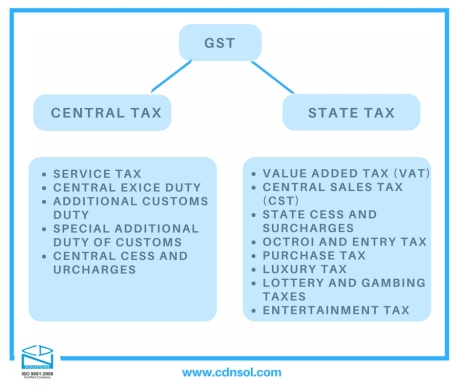MOBILE APP MONETIZATION
You are running a successful business and everything is going super fine and you are a master in your field. Beyond the traditional business strategy, business via mobile application is in trend.
So, you decisively accomplished it- you created an awesome mobile application for your business.
Your customer can interact with you and you are directly keeping in touch with your customers and the data which you are pulling from the app is helping you to explore new ways to market your brand. You are treating your business app as a tool. Apart from this your business application is not a just a tool. You can make money from your business app as well as branding of your business.
Sounds really cool, but definitely you will think- “How”
By the time you end reading this entire post, you will learn some effective ways to turn your app into additional sources of earning money. Mobile App Monetization is a trendy term and here we are suggesting some mobile app monetization strategies that are definitely going to work:
1. ADVERTISING:
What is it?
Advertising is the action to grab public attention to something, especially by paid announcements.
With mobile app advertising, you can defeat the cost barrier (pay per download) which will encourage more target audience to download your app. App advertising is often used in various monetization models. Here are the some common advertising formats:
a. Banner Ads or web banner: a banner advertisement placed on a Web site either above, below or on the sides of the Web site’s main content and is linked to the advertiser’s own Web site.
b. Interstitial Ads: Interstitial ads are full-screen ads that cover the interface of their host app. They’re typically displayed at natural transition points in the flow of an app, such as between activities or during the pause between levels in a game.
c. Reward Ads: Reward ads are triggered by an event in the app like offers, acquiring a prize or achievement etc. The user will see a pop up where they will get a discount, gift card, coupon, etc.
d. Notification Ads: Notification ads are the pop up in the mobile device’s status bar and user have to respond to this ad to remove from the status bar. Sometimes its irritating and could damage your brand reputation.
e. Native Advertising: This is content based advertising show up in the application news feed. For example: This includes promoting tweets on Twitter, suggested posts on Facebook etc.
2. PAID DOWNLOAD:
The simplest way to generate revenue through your app is by selling it in the mobile app store.
Just attract your audience by offers, discounts or anything that is new and more engaging from your competitors.
3. IN-APP PURCHASES (IAP):
In-app purchases (IAP) can seem like complicated, confusing thing. An In-app purchase is something within a mobile application.
In simple words: A purchase that you have to make inside an app or any mobile game after you have already downloaded it from the mobile App Store. An IAP can be serviceable, like game coins. You buy them, use them, and then they’re gone and you have to buy more if you want to use more. A perfect example you can experience is GST Invoice App.
4. FREEMIUM:
Freemium is a very clever pricing strategy by which a product or service is provided free of charge at the starting or the free version of a mobile application. But a user has to opt for premium version for proprietary features, functionality, or virtual goods.
5. SUBSCRIPTION AND PAYWALLS:
A subscription is a contract in which a person pays for something (Latest updates, notification, live news feeds, exclusive offers, etc.) in regular intervals, or in which a person pays a fee to receive a product, service, or otherwise in regular intervals.
So above were some of the trending mobile app monetization strategies. You can select these strategies according to your needs, but before you apply these strategies you must evaluate these factors as well:
-
KNOW YOUR AUDIENCE.
-
TARGET A CORE SET OF USERS.
-
BUILD A VALUABLE PRODUCT.
If your mobile app is ideal and your audience accepts it with free hands, then you can definitely apply these strategies and make more money via mobile app monetization. And every ideal mobile application comes from a unique idea and the best app developers hand. As an experienced mobile app development company, we have till now delivered 600+ ideal mobile apps. You can see our mobile app development portfolio to know more about our apps and we are happy to give you a free consultation on your dream app.





